Expect the unexpected, surrounding the not surrounded
Lara MoraisTo exit the restored interior of the building Lutetia – a building from the 20's – to enter the external reality of Patriarca's square, a place where anything could happen, where a panoply of actions occurred simultaneously in a true sensorial experience. Someone begins to preach at one of the corners of the square – vehemently throwing the Bible on the floor and screaming for whoever would hear him; simultaneously at another corner it is heralded what would be best for the country would be, at the same time there is a group demonstrating; there is a woman dancing and singing on her own, while several people remain to profit from the free Wi-Fi; a teenager runs – after having stolen a mobile phone from a distracted passer-by; several crack addicts – as if fallen from a tree – are sleeping in a corner or even right in the centre of the square; some homeless people doing their daily hygiene; drama students acting; several street vendors selling the unimaginable – from rubber cockroaches to miracle products meant to clean the floor; maybe someone will pass by screaming or will simply cross the square on his own uneventful and silent step of someone who goes to or comes from work. A daily experience where all the senses are truly tested.
Each day, whatever the direction that had been chosen, either left or right, the circulation in the centre, a continuous rush hour – from 7 am to 7 pm – was made in a permanent waddle. Turning right, heading northwest through Viaduto do Chá towards República, or down Líbero Badaró street towards 25 de Março street, or also down the Dr. Falcão Filho street – which was very rare – crossing a bridge to the bus terminal. Choosing to turn left towards northeast, through São Bento Street – passing by various shops, bakeries and banks until 25 de Março street, or by Quintanda street – where someone would scream for hours: 'óticaaaaa! óptica! óptica! óticaaaa!' (Optics) - or, at last, heading southeast along Direita Street towards the Sé (Cathedral) and Liberdade.
The walk would begin with a confrontation – with each body met at the street, within a fraction of a second the gazes would meet, penetrate and pierce through. There's almost a collision between the bodies, but the gaze quickly moves to another subject – almost a collision of bodies, similar to a dodgem track. Following the planned route on a fast, rhythmic step, I visualise the path and the dance begins: a diversion from one body to another, which on its course to the unknown, that seems to want to touch me after having pierced me already with the gaze, forcing me to look away or deviate my body to the left or to the right. Movement/action resembling Marina Abramovic and Ulay's performance, Imponderabilia from 1971, whose decision to pass between their two bodies involved a gender choice. In these streets, the constant distance between bodies, a concept presented by Edward T. Hall in, The Hidden Dimension (Relógio d’Água Editores Lda., 1986, p.134), divided into four distances, intimate, personal, social and public, was regularly exceeded, the distance between my body and another body was constantly being tested and broken. Who I wanted to face or not, to look at or not, to touch and rustle, did not belong to me.
Zigzagging in a straight line
Take a look.
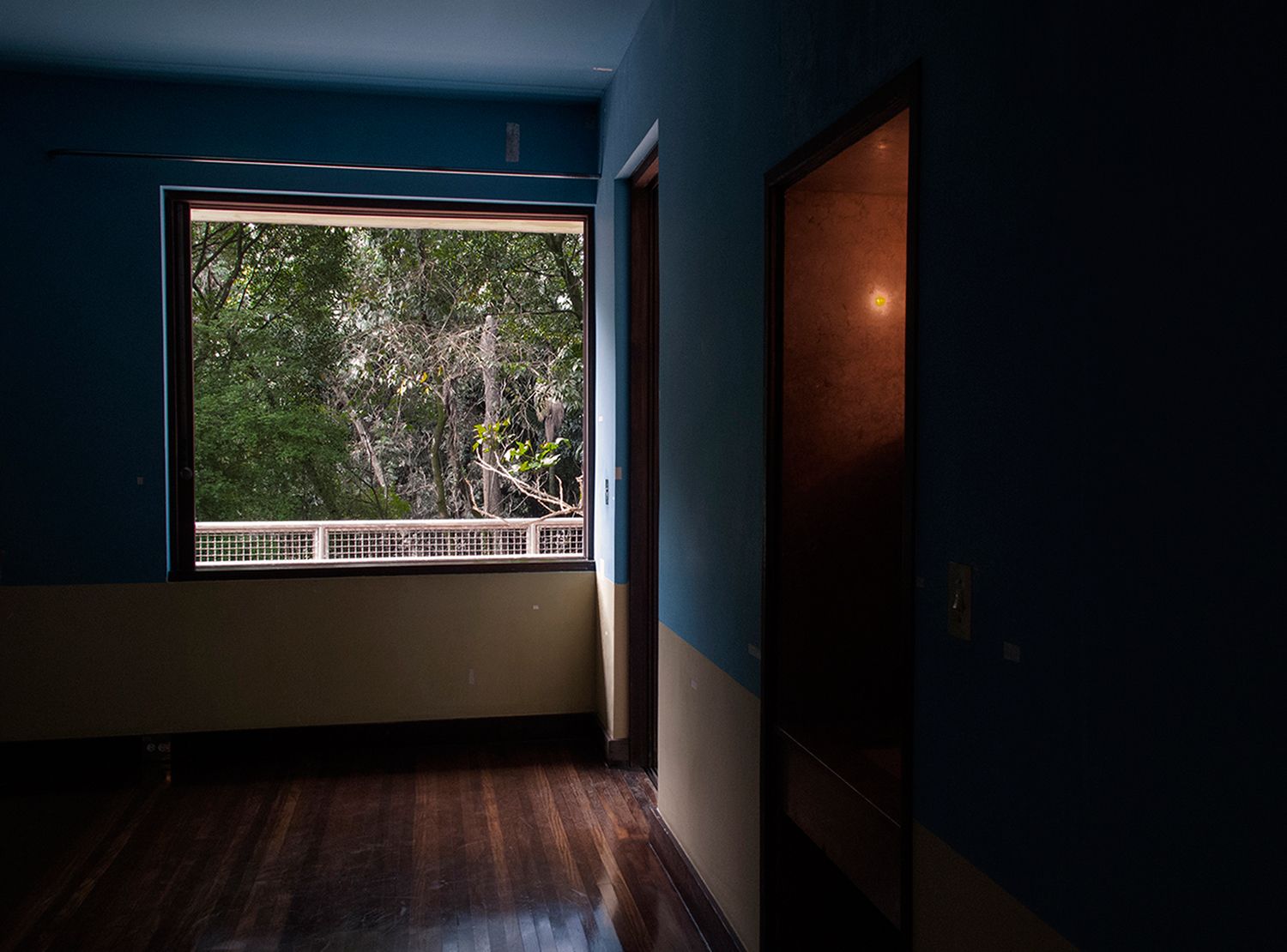
Head down the stairs,
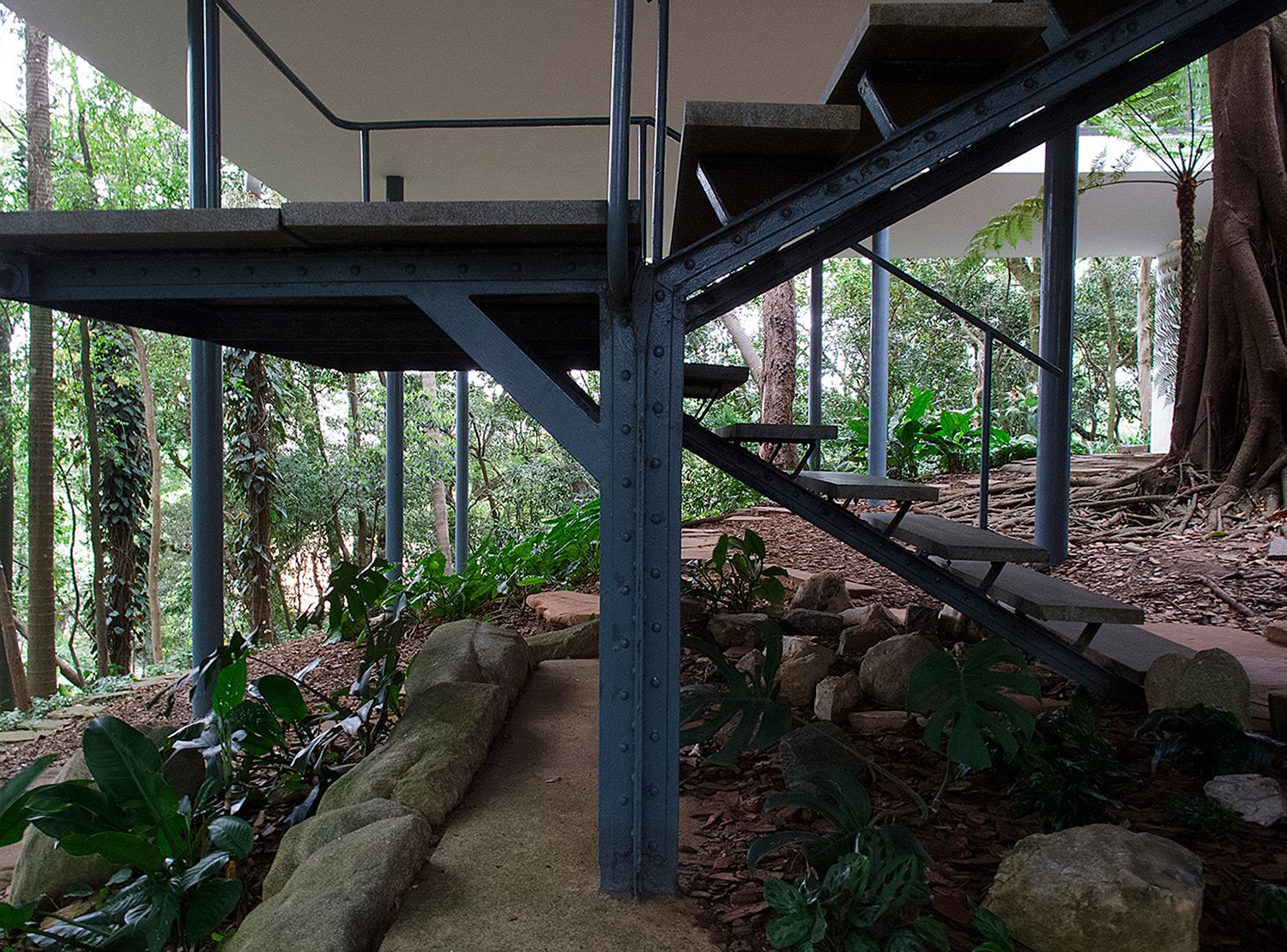
face the square.
and proceed.
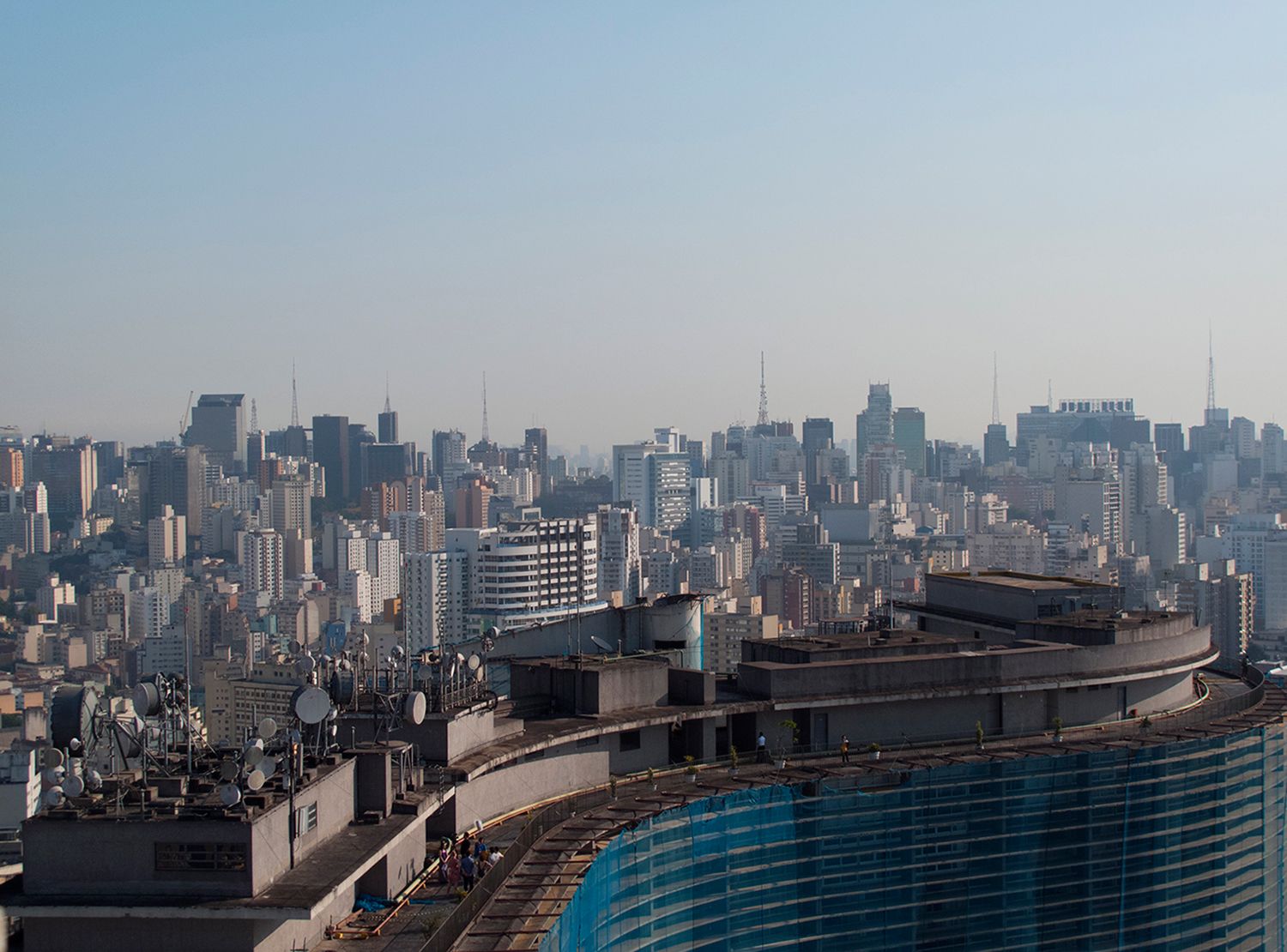
Turn left,
turn right.
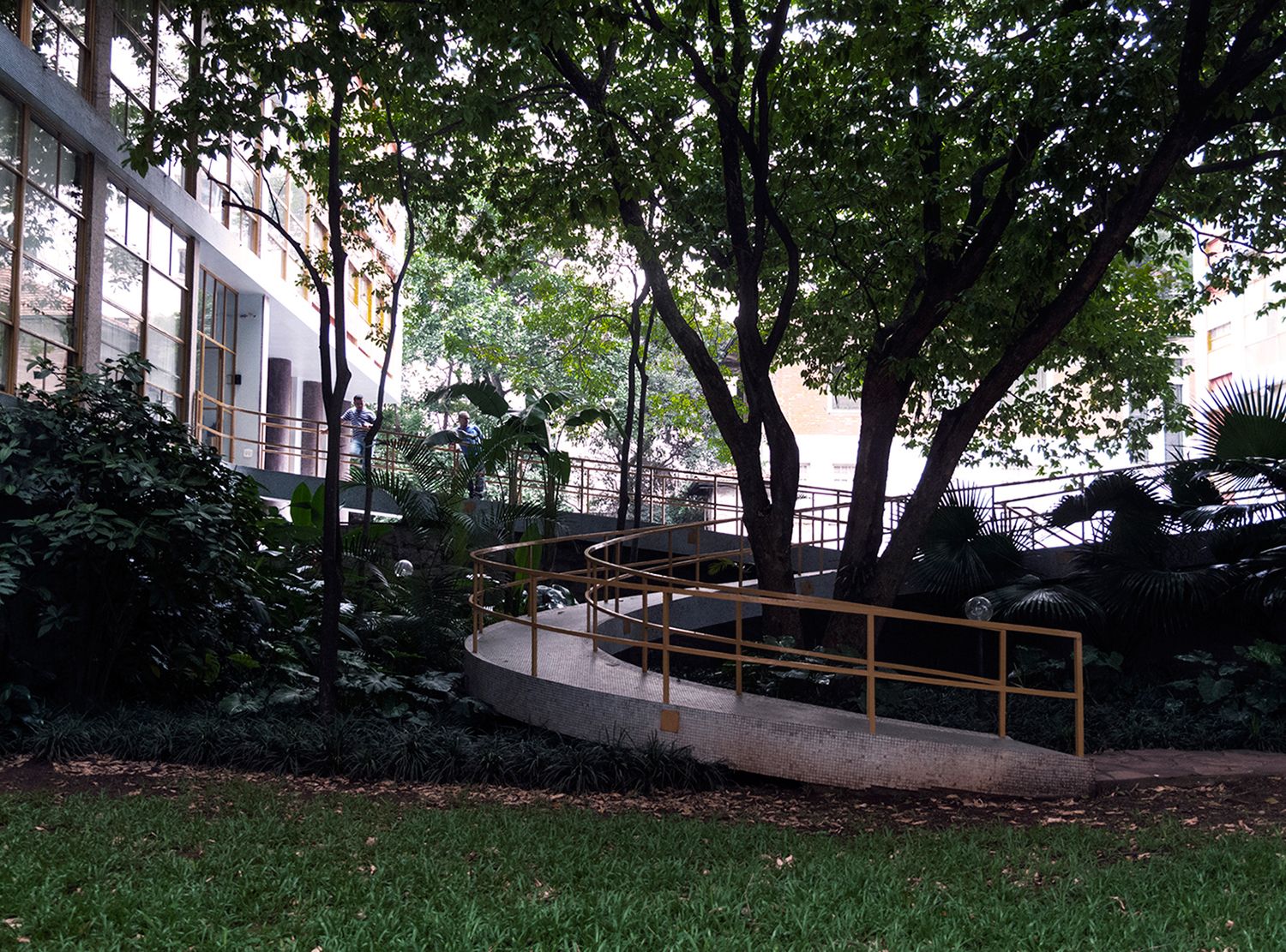
Go down the street,
go up the street.
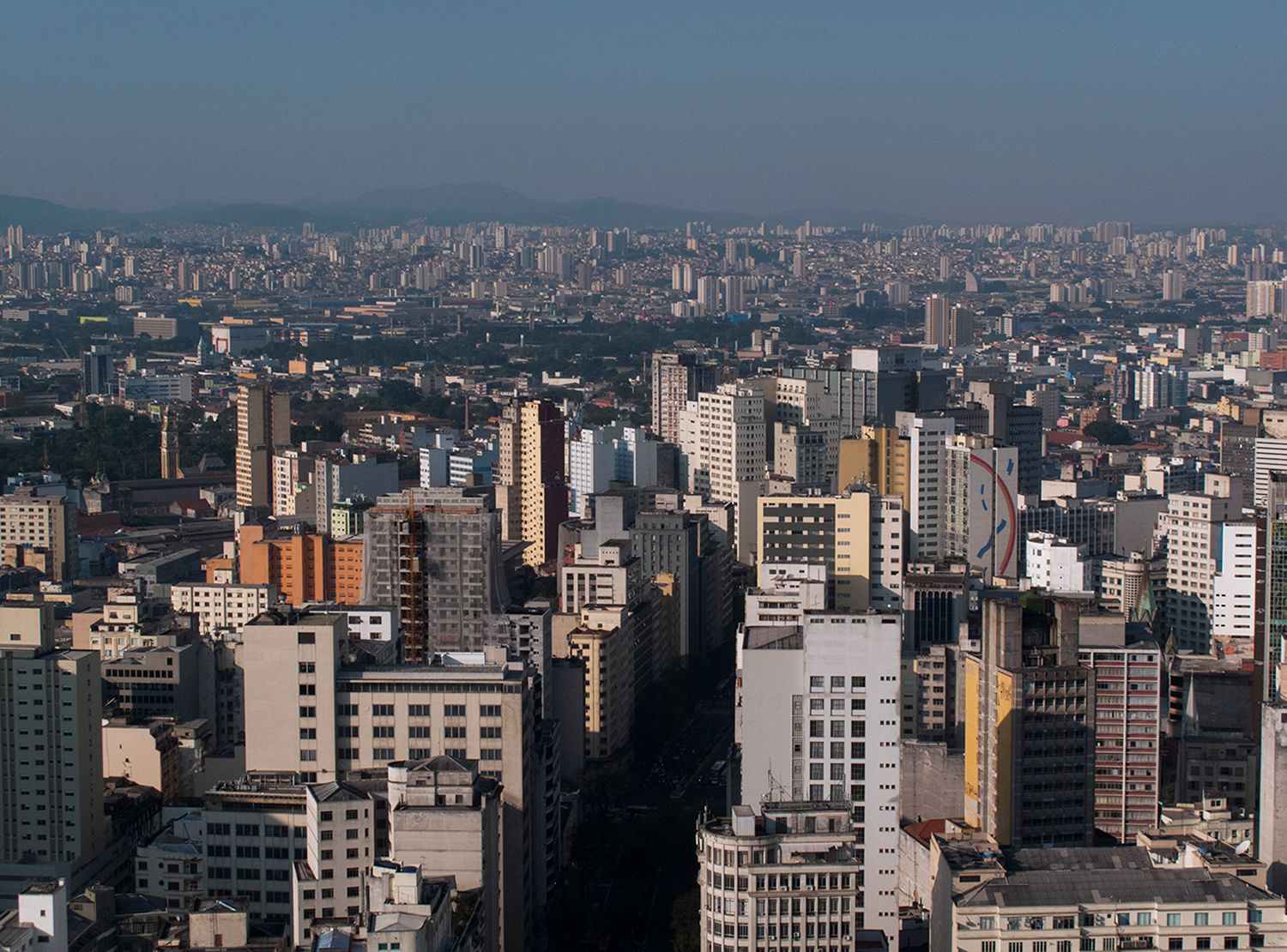
A countless number of colours.
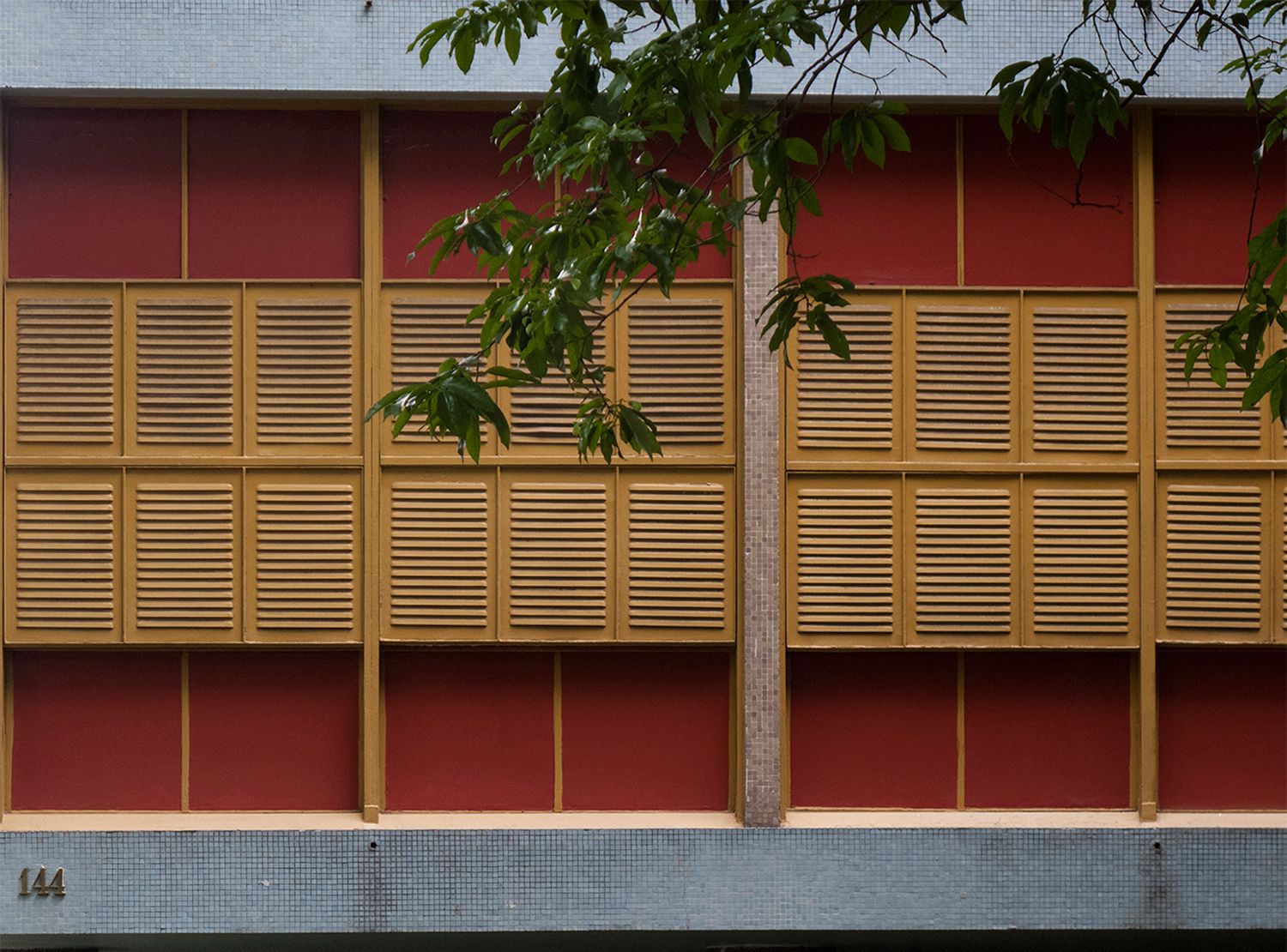
Pass under bridges,
over viaducts.
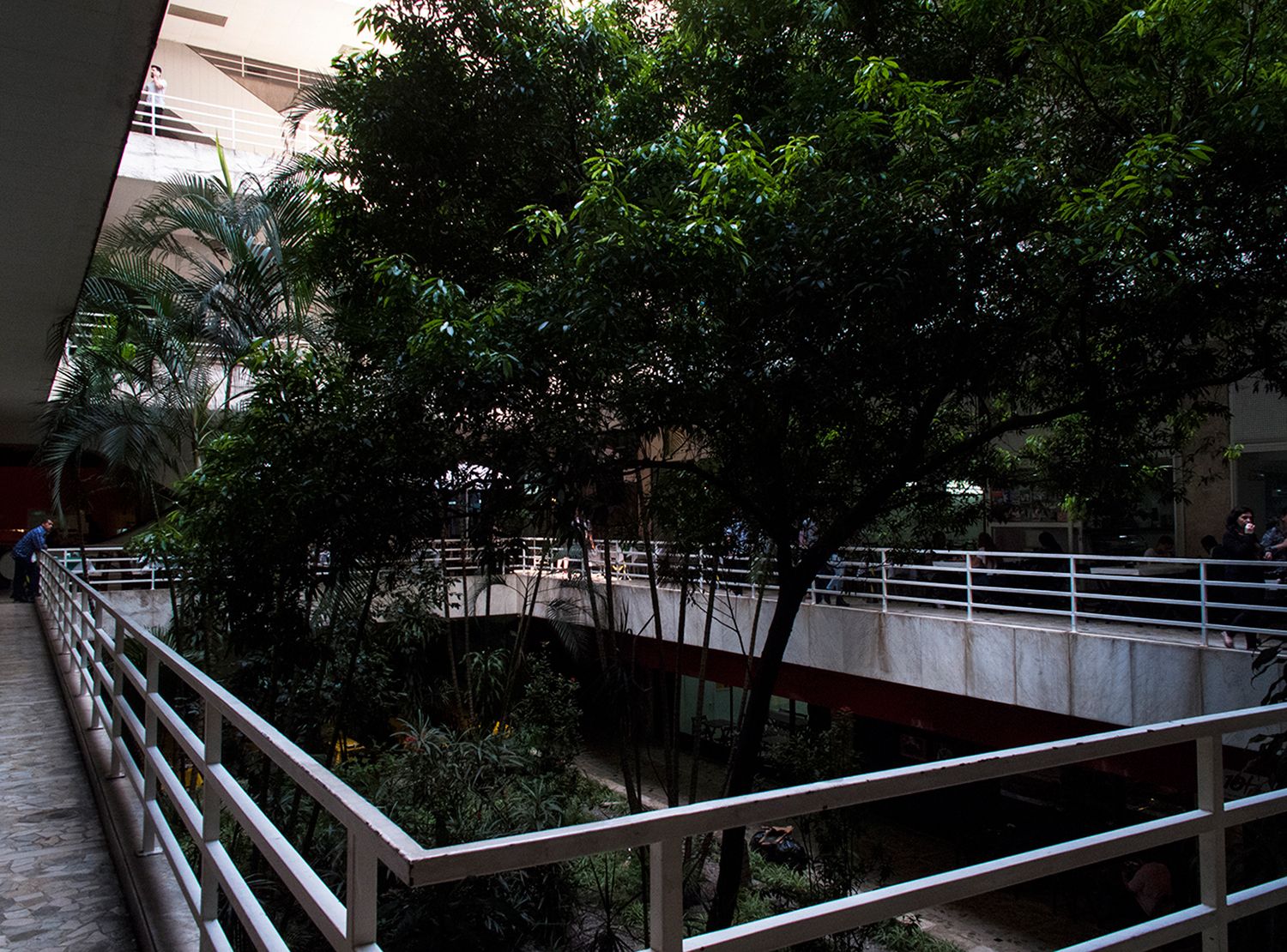
Water! Water! Water!
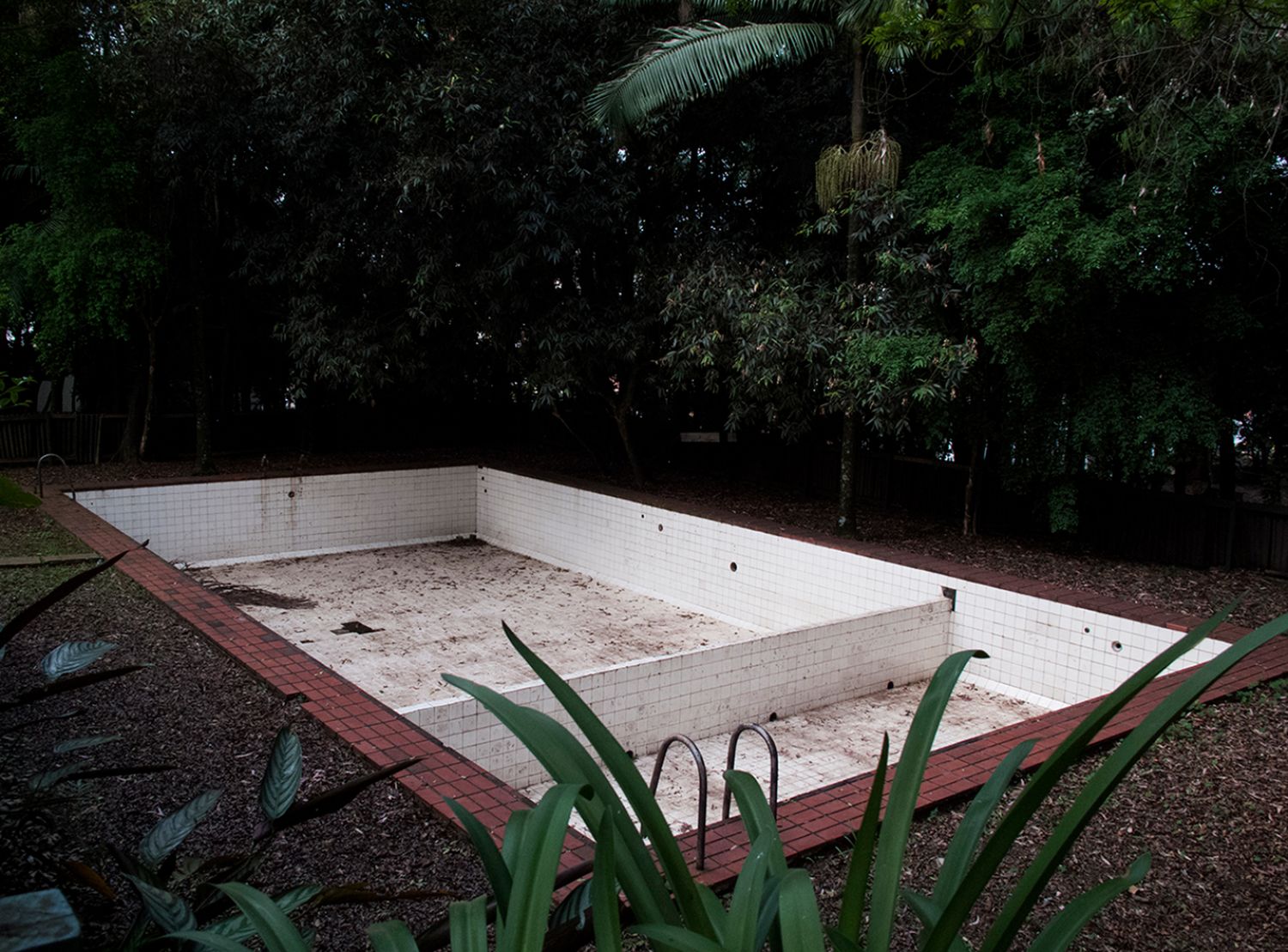
Lose sight of the North.
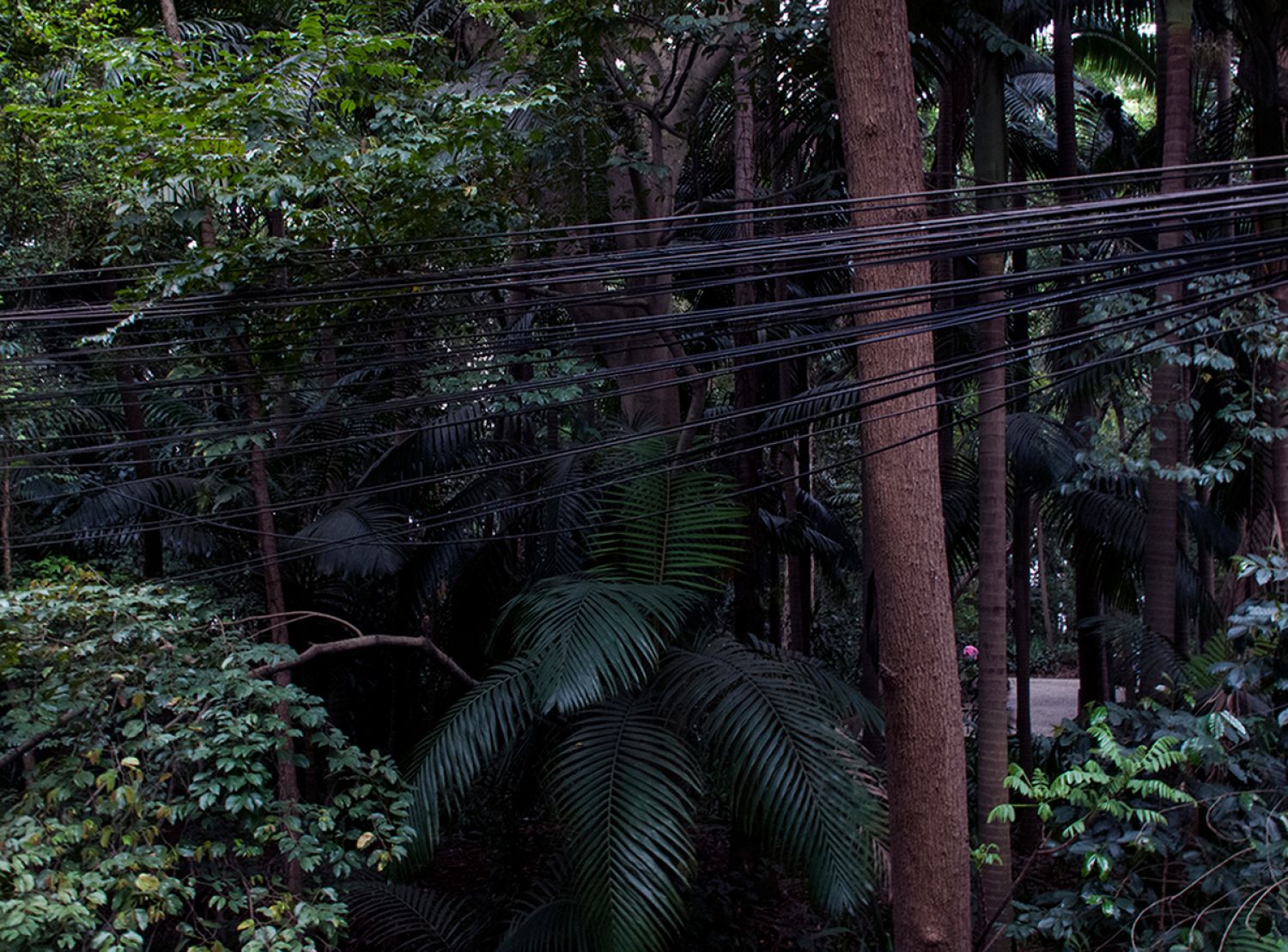
Collide with boxes, Styrofoam boxes, people, street vendor's cars, animals, diverse objects, food, fallen bodies, garbage...
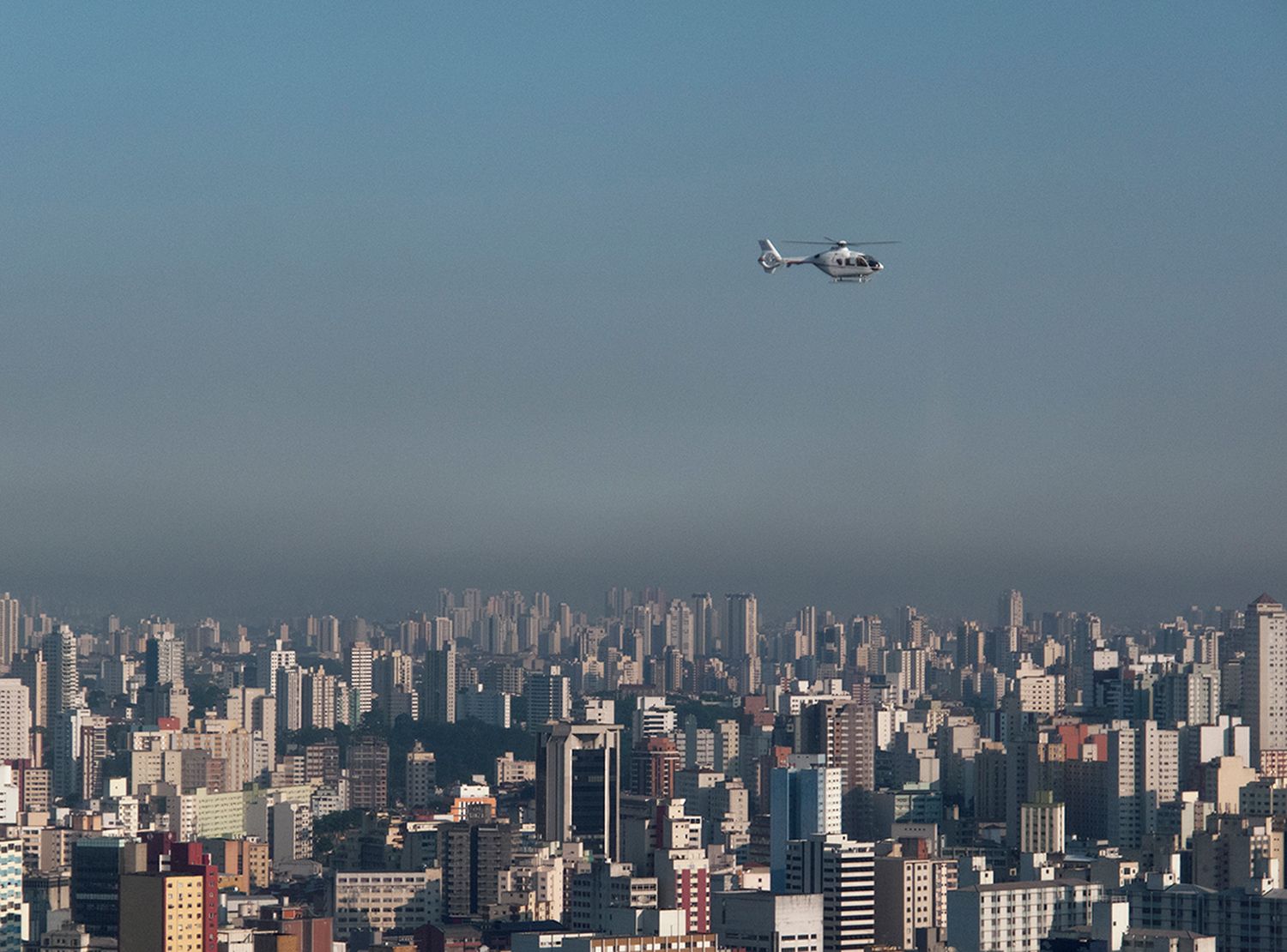
and swing, swing to opposite sides.
–
Credits: Lara Morais, wanderings, 2015. Photography: Lara Morais.



